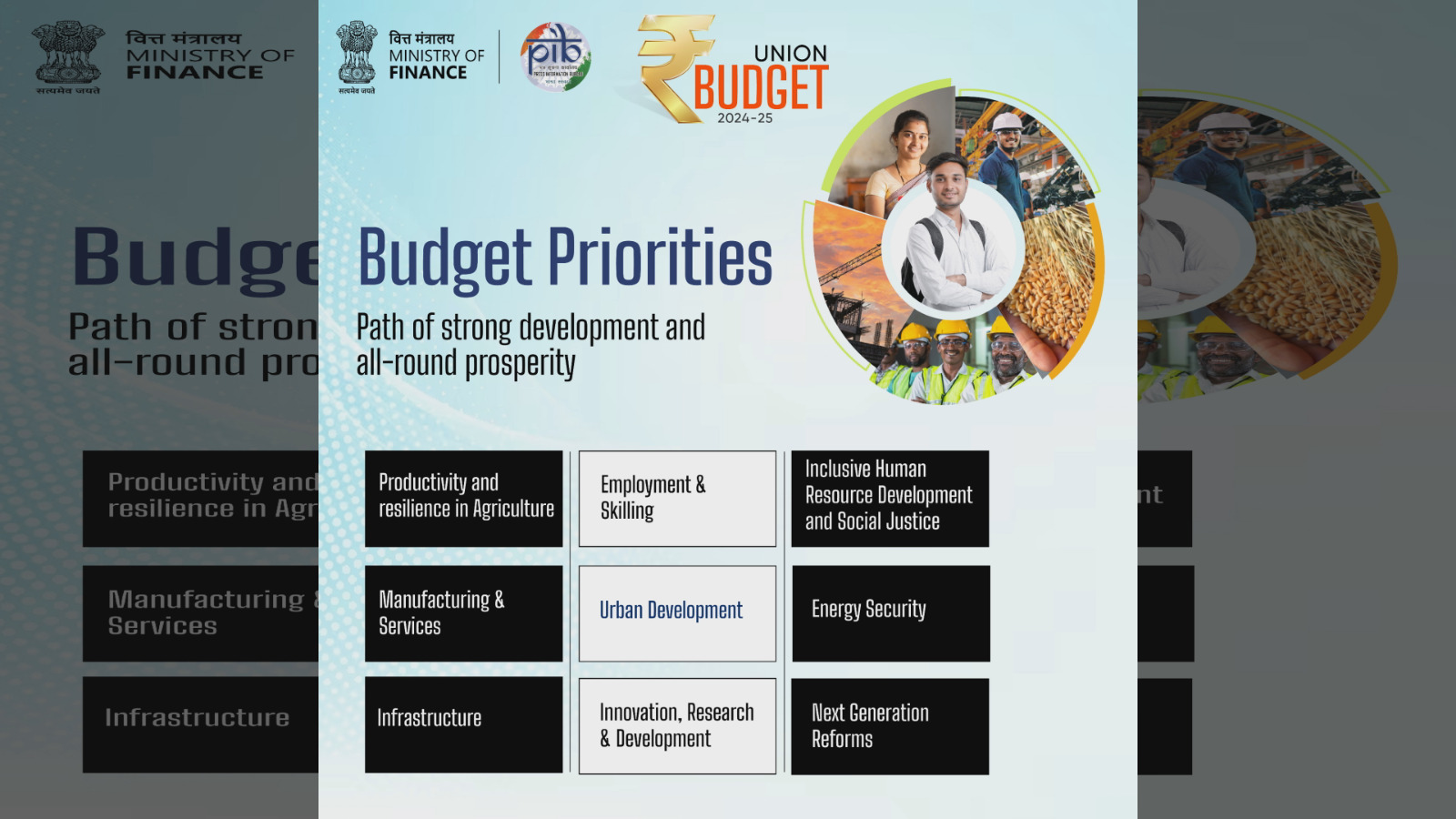One of the headline features of the budget is the marginal income tax relief for the middle class
 KRC TIMES Desk
KRC TIMES Desk

Budget 2024-25 represents a delicate balancing act to address pressing socio-economic challenges while maintaining fiscal prudence. The first budget post-election reflects a nuanced approach to economic recovery, with significant allocations for job creation, rural development, and middle-class relief, alongside strategic fiscal measures.
One of the headline features of the budget is the marginal income tax relief for the middle class. The increase in the standard deduction by 50% and the tweaks in tax slabs for the new income tax regime are designed to provide financial relief. It is a positive signal from the Government, acknowledging the economic pressures on this demographic.
A significant portion of the budget focuses on employment, skilling, and MSMEs, with a notable Rs 2 lakh crore allocated over five years for job creation schemes. The allocation of Rs 1.48 lakh crore for education, employment, and skilling underscores the Government’s commitment to equipping the young workforce with the necessary skills and opportunities.
The introduction of comprehensive apprenticeship schemes through 500 top companies to 1 crore youth over five years presents a promising step towards addressing the long-standing challenges of unemployment and skill gaps among the youth. These measures are crucial in a country with one of the world’s largest youth populations. In response to rural distress, the budget allocates Rs 2.66 lakh crore for rural development.
This substantial investment is aimed at alleviating the economic challenges rural communities face and boosting agricultural productivity. Additionally, the provision of credit support to small and medium businesses and the proposal to build 3 crore affordable housing units in urban and rural areas are steps in the right direction.
These measures are expected to stimulate economic activity and improve living standards in rural areas, potentially reducing urban migration pressures. The budget maintains a strong focus on infrastructure, with a substantial Rs 11.11 lakh crore allocated for long-term projects.
This investment is critical for sustained economic growth and improved connectivity. Additionally, targeted allocations for states like Bihar and Andhra Pradesh, which are politically significant for the BJP, highlight the government’s political strategy and focus on regions’ economic development.
The scrapping of the ‘angel tax’ for investors in startups and the reduction in import duties on mobile phones and key parts are measures aimed at fostering innovation and supporting domestic manufacturing.
However, the increase in the Securities Transaction Tax (STT) on futures and options, while aimed at revenue generation, has disappointed the markets. The reduction in customs duties on gold and silver to curb smuggling, along with changes in capital gains tax, represent efforts to streamline and modernise the tax regime.
With continuing border tensions and evolving security challenges, the budget allocates Rs 6,21,940 crore for defence spending, maintaining the amount allocated in the interim budget. The focus on capital expenditure for new weapons, aircraft, and other military hardware ensures that the armed forces are equipped with modern technology.
The commitment to domestic procurement with 75% of the modernization budget earmarked for domestic industries is a strategic move to bolster self-reliance in defence manufacturing.
The budget also addresses social security with a focus on enhancing benefits for employees and supporting women-led development. The allocation of over Rs 3 lakh crore for schemes benefiting women and girls, along with the proposal for working women hostels, underscores the Government’s commitment to gender equality and women’s economic empowerment.

Despite the extensive spending proposals, the Government aims to trim the fiscal deficit to 4.9% of GDP in 2024-25, down from 5.1% in the interim budget. This objective, coupled with a marginal reduction in gross market borrowing to Rs 14.01 lakh crore, reflects a cautious approach to fiscal management.
The robust tax collections and higher-than-expected dividends from the Reserve Bank are expected to support these targets. The success of these initiatives will depend heavily on effective implementation and the government’s ability to navigate the complex political and economic landscape.



